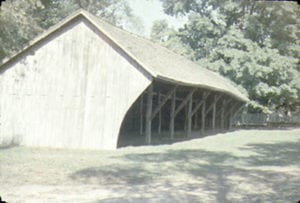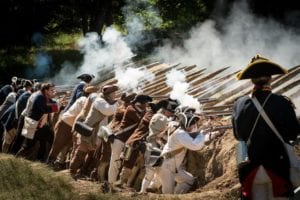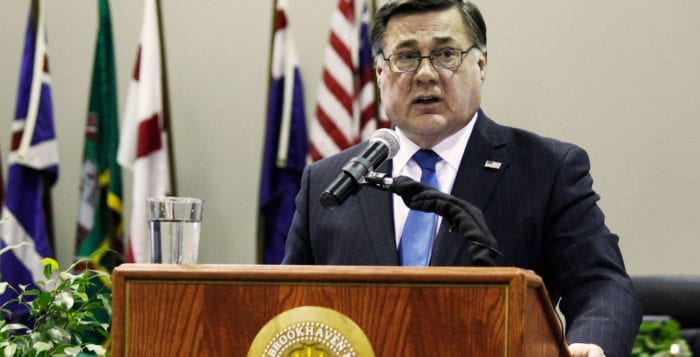South Setauket resident, local gardening columnist and former Arts & Lifestyles editor Ellen Barcel, 72, died after a battle with cancer July 16.
Her friend Judy Hallock said the writer and editor died peacefully in her home and was happy to spend her last days with her dog Teddy Bear, cat Daisy and friends.
Hallock said Barcel retired from teaching social studies in the Patchogue-Medford Union Free School District in 1996 and was an avid follower of gardening, quilting, having afternoon tea with friends and playing the dominoes game Mexican Train. Barcel was involved for decades, even serving on the board of trustees for a period, with the Southold Indian Museum, which is dedicated to the study and education surrounding archaeology and natural history. She was a Master Gardener through Cornell Cooperative Extension.
Hallock said Barcel was an only child and moved to Long Island with her family in her late teen years and attended Stony Brook University. While Barcel leaves behind no husband or children, Hallock said the former TBR employee “grew a family around her” with her friends.
“She earned it by being who she was,” Hallock said. “She was always a great friend.”
Hallock remembers Barcel as always being there for others and providing a shoulder to cry on and will always remember her smile, good nature, kindness and enthusiasm.
Barcel began as a freelance writer for Times Beacon Record Newspapers after retiring from teaching, and July 15, 1999, became the editor of the Arts & Lifestyles section.
Jane O’Sullivan, a former editor of a few TBR Newspapers, said she remembers Barcel’s love for animals and gardening.
“She was interested in so many things,” O’Sullivan said. “I can’t think of anything that bored her.”
Both O’Sullivan and Marie Murtagh, former executive editor of TBR Newspapers, remember Barcel as always being fun to work with during the years they worked together in the office.
“She used to say she loved her job because there were so many good things going on,” Murtagh said.
Murtagh said the A&L editor always did a great job in gathering information about local events.
“She was somebody who enjoyed all the things that Long Island had to offer and other people finding out about them and enjoying them as well,” she said.
This year Barcel received an honorable mention from the New York Press Association in the Best Special Section/Niche Publications category for her freelance work on the 40th anniversary supplement for TBR Newspapers. “Stiff competition is the only reason this pub did not place,” judges wrote. “Beautifully done.”
Donations in Barcel’s memory can be made to the Southold Indian Museum, 1080 Main Bayview Road, Southold, NY 11971.
With heavy hearts, the staff of Times Beacon Record News Media say goodbye to a beloved colleague.
Leah Dunaief, publisher
“Ellen Barcel was a totally professional journalist and a pleasure to work with,” Dunaief said. “She was a fine writer, committed to her work and to the community. Her world was made more beautiful by the flowers she loved and surrounded herself with, and she tended her responsibilities with the same care that she gave her garden. Ellen was a loyal and gentle friend, and we will miss her greatly.”
Johness Kuisel, general manager
“She was a beautiful and talented writer who composed her column in her head after reviewing pictures she had taken, and the words just flowed,” Kuisel said. “Her Times Beacon Record family will miss her talent and good nature.”

Heidi Sutton, editor of Arts & Lifestyles
“I met Ellen in June of 2013 when I started working for the paper,” Sutton said. “I had read her gardening column for years and was a big fan. When she decided to retire from the paper as the Arts & Lifestyles editor in 2013, I had big shoes to fill. She continued to write her gardening column and freelance but most of all became a good friend. Ellen often spoke of spending time in her garden. That’s how I’ll remember her — walking through her garden admiring the flowers, gently scolding her dog Teddy for eating all the tomatoes and smiling.”
Kathryn Mandracchia, advertising director
“I absolutely loved working with her,” Mandracchia said. “She was kind, always smiling, and a joy to be around. I am saddened by her loss, and I will miss sharing pet and plant stories with her.”
Ellen Segal, director of classified advertising
“Ellen Barcel was a smart and very sweet lady,” Segal said. “When I first came to TBR Newspapers, editorial was on the main floor near my new office, and I was impressed by her work ethic and her community knowledge. She reached out and welcomed me and, of course, we both exclaimed we didn’t know too many people with the name we both shared, Ellen, derived from the same Greek root — which means light, torch or bright.”
Meg Malangone, office coordinator
“Ellen was a beautiful, sweet individual, inside and out,” Malangone said. “Once you got to know her, you were graced with a wonderful, sometimes sassy personality. She loved her gardening and her pets. She bloomed wherever she was planted. Ellen was sunshine, and those who knew and loved her, were warmed by her smile and the light she brought to others’ lives.”




















